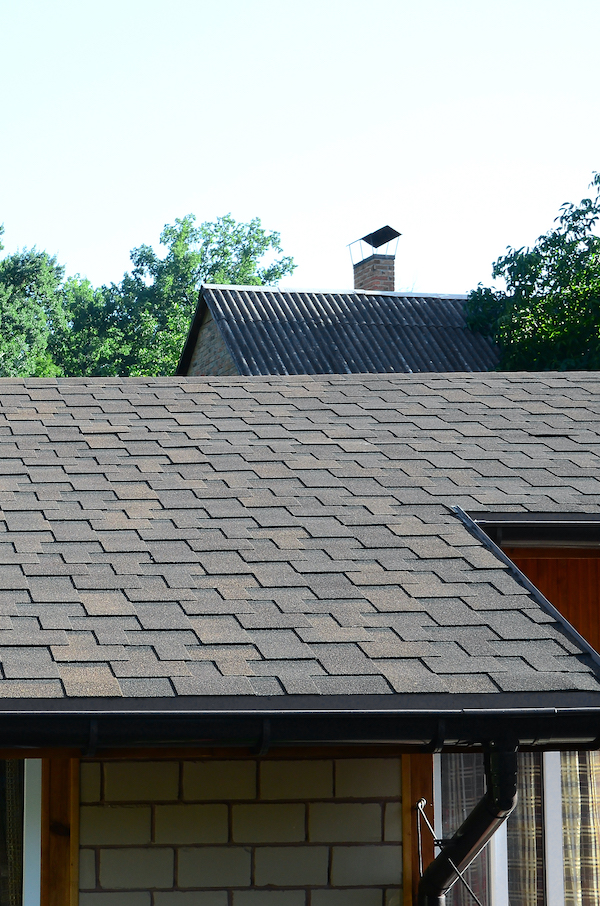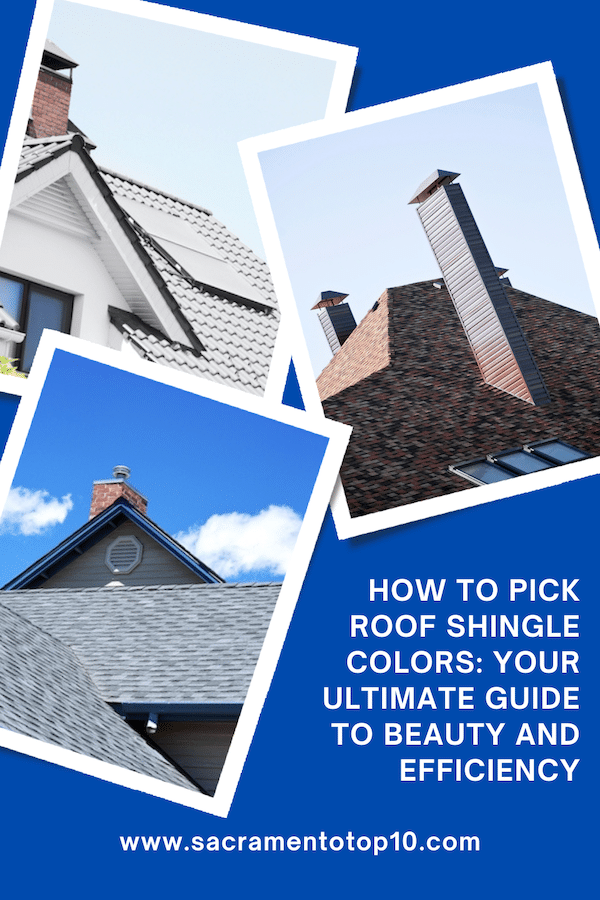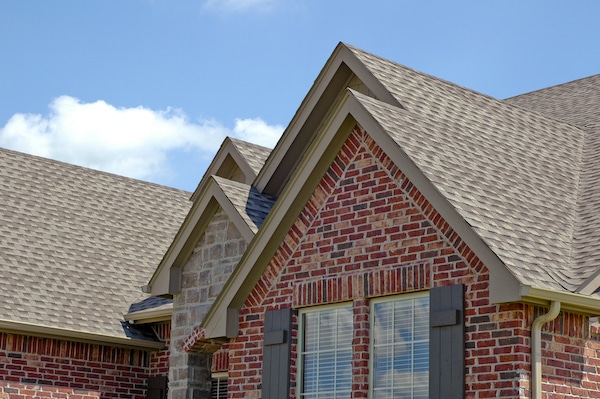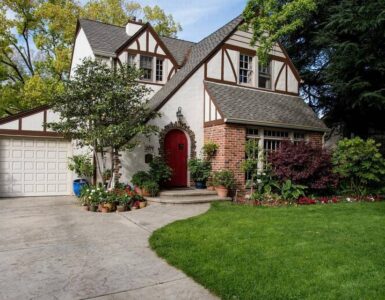Your roof is one of the most visible and important parts of your home’s exterior, and choosing the right shingle color can enhance its beauty and increase its curb appeal. Your roofing contractor can help you with this, however, with so many options available, doing your own advance research can be helpful. In this guide, we will provide you with all the factors you need to consider when selecting roof shingle colors, along with some online tools that can help you visualize different color options.
Factors to Consider When Picking Roof Shingle Colors
- The Climate
The climate in your area is an essential factor to consider when picking the right roof shingle color. For example, if you live in a hot climate, it’s better to choose lighter colors that reflect sunlight and reduce heat absorption. On the other hand, if you live in a cold climate, darker colors that absorb heat are a better option. - Architectural Style
The architectural style of your home is another factor to consider when picking roof shingle colors. Different styles have different shingle color requirements. For example, traditional homes often use neutral colors, while modern homes can be more experimental with bold colors. - Home Exterior Color
Your home’s exterior color is a crucial factor in picking the right shingle color. The shingle color should complement the exterior color and not clash with it. If you have a brick or stone exterior, consider picking a shingle color that matches the undertones of your exterior. - Resale Value
When picking roof shingle colors, consider the resale value of your home. Neutral colors are a safer choice if you’re planning to sell your home in the future, as they have broader appeal and are less likely to turn off potential buyers.
Are you trying to live a greener, more energy efficient life?
If so, these statistics may help you make your decision:
- According to the U.S. Department of Energy, a white or light-colored roof can reduce cooling costs by up to 20%.
- A study by Lawrence Berkeley National Laboratory found that in hot climates, white roofs can reduce peak energy demand by up to 10-15%.
- In a study by the Cool Roof Rating Council, it was found that a white roof can reflect up to 70% of sunlight, while a black roof reflects only 5%.
- A study by the Oak Ridge National Laboratory found that a white or light-colored roof can reduce the amount of heat absorbed by the roof by up to 50%.
- Certain types of shingles, such as “cool shingles” or “reflective shingles,” are specifically designed to be energy-efficient and can help reduce energy costs.
By choosing an energy-efficient shingle color, you can save money on your energy bills and reduce your home’s carbon footprint. However, it’s important to consider other factors, such as climate and resale value, when picking the right shingle color for your home.
Online Tools to Visualize Different Shingle Colors
Using online tools can help you visualize different shingle colors on your home and make more informed decisions. Here are a few examples:
Owens Corning Design EyeQ: This tool allows you to upload a photo of your home and experiment with different shingle colors and styles. You can also mix and match different siding, trim, and accent colors to see how they all work together.
CertainTeed ColorView: This tool offers a similar experience, allowing you to upload a photo of your home and see how different shingle colors will look. You can also experiment with different siding, trim, and shutter colors to create a complete exterior design.
GAF Virtual Home Remodeler: This tool lets you experiment with different roofing styles, colors, and materials, including shingles, tiles, and metal roofing. You can also see how your home will look with different types of siding and trim.
Green Roof Metal Roofing Roofing Factoids Shingle ColorsFAQ – Frequently Asked Questions
Shingle Colors
Yes, you can use multiple shingle colors to create a unique look. However, it’s essential to ensure that the colors complement each other and don’t clash.
It’s recommended to replace your roof shingles every 15-30 years, depending on the material used.
Yes, you can change your shingle color without replacing the entire roof. However, it’s important to ensure that the new shingles match the existing ones and are installed correctly.
Gray is often considered the most versatile roof color since it can complement a wide range of home exteriors and architectural styles. It can also work well with both warm and cool color palettes, making it a popular choice for many homeowners.
What color roof lasts the longest?
The lifespan of a roof depends on the material used, the quality of the installation, and the climate. However, in general, lighter-colored roofs tend to last longer since they absorb less heat and are less likely to deteriorate. Certain types of shingles, such as ceramic or slate, can also last longer than other materials.
Lighter-colored roofs can make a house look bigger since they reflect more light and create an illusion of spaciousness. White or light gray roofs are popular choices for this reason. However, it’s important to consider other factors, such as the climate and the home’s exterior color, when picking the right roof shingle color for your home.
Conclusion
Picking the right roof shingle color is an essential decision that requires careful consideration. By keeping in mind factors such as climate, architectural style, home exterior color, resale value, and energy efficiency, you can choose a shingle color that complements your home’s exterior and enhances its overall look. Using online tools can also help you visualize different color options and make more informed decisions. Ultimately, a color that works for one home may not work for another, so it’s essential to consult with a professional contractor and consider all the factors before making a final decision.






